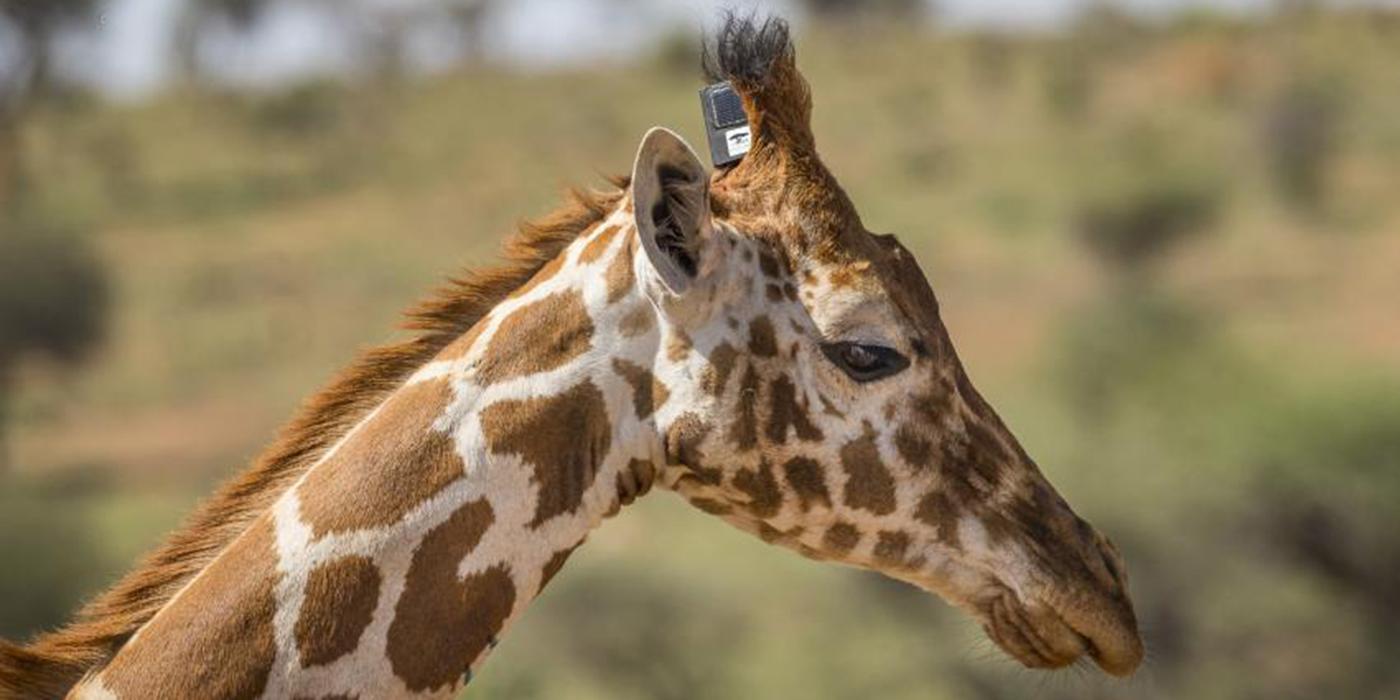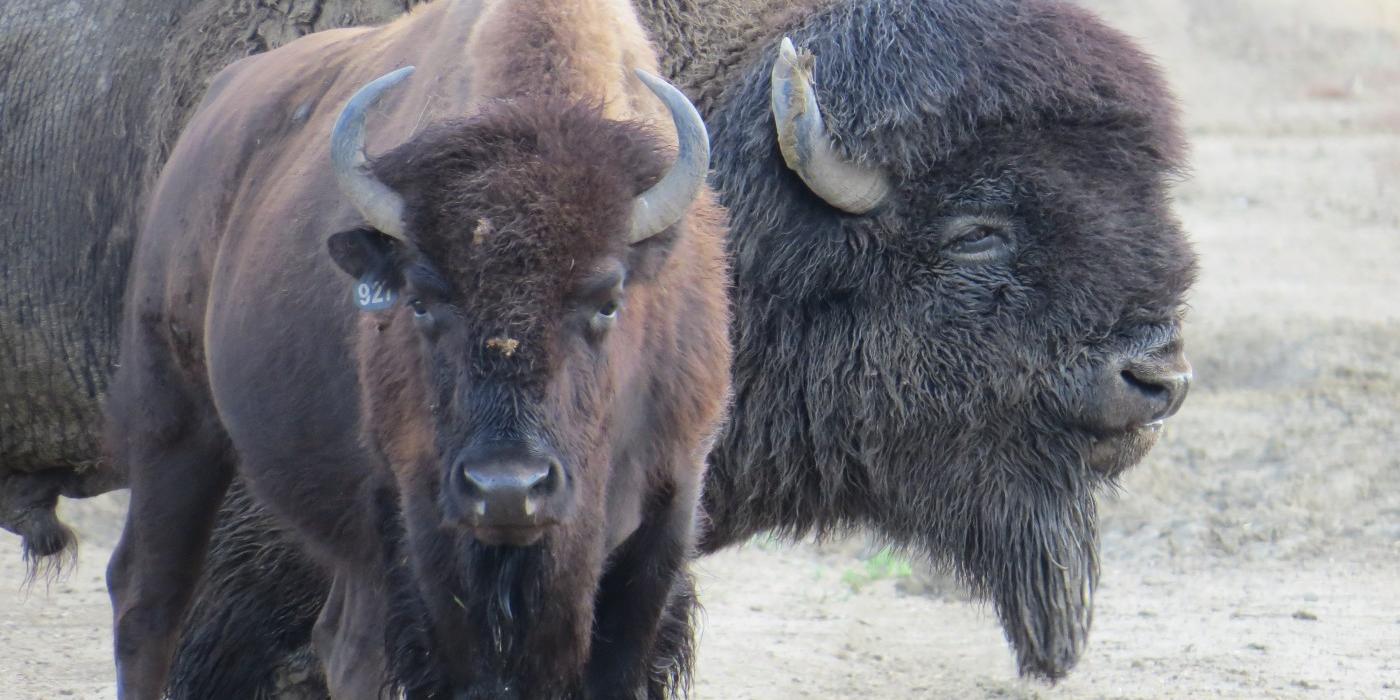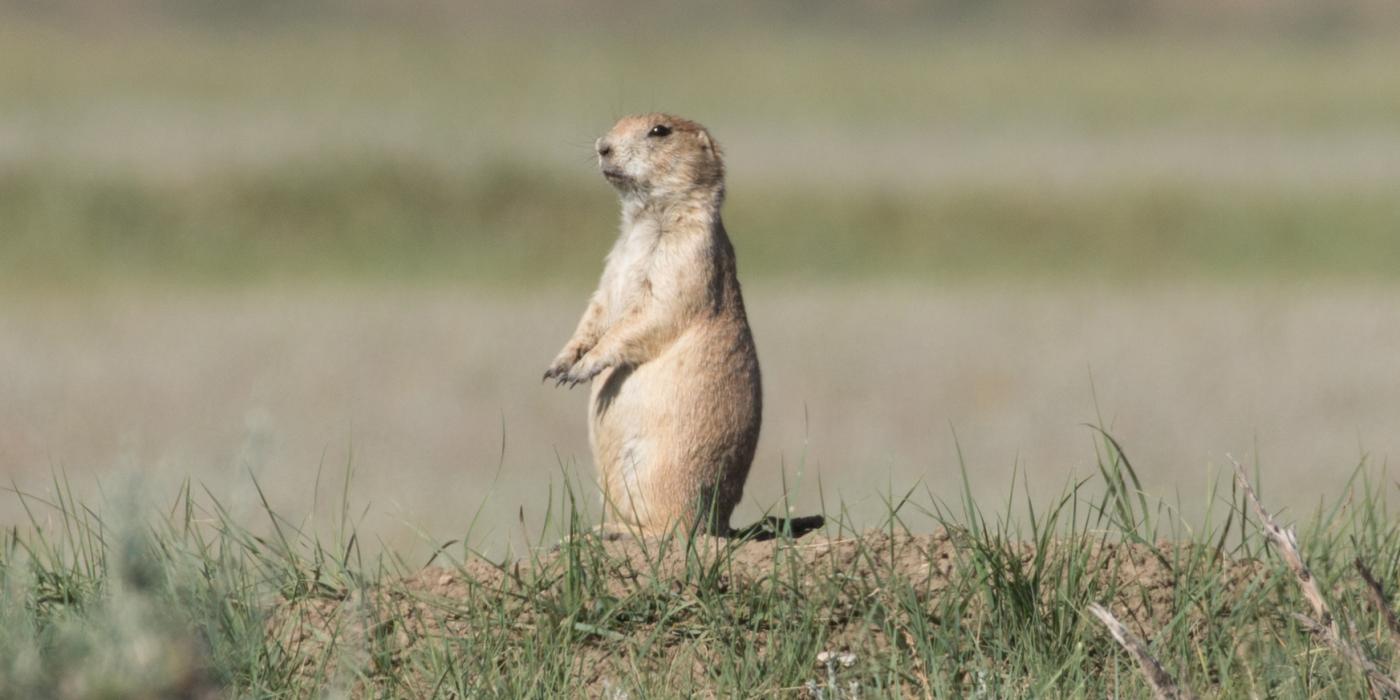The Mysterious Disappearance of Reticulated Giraffes
What is causing the disappearance of reticulated giraffes across the plains where they were once plentiful? Smithsonian Conservation Biology Institute (SCBI) scientists and partners are on the case. In fall 2018, Conservation Ecology Center scientist Jared Stabach will travel to Kenya to study the movement and health of these magnificent animals. In this Q&A, he and Global Health Program Keller Family Secretarial Scholar Krista Jones share how this interdisciplinary approach can help scientists save giraffes from extinction.
Want to learn more about giraffe conservation? Come to the Zoo’s free lecture and panel “Giraffes: The Silent Extinction” May 21 from 7 p.m. to 8 p.m.Why is SCBI studying giraffes?
Krista: Giraffes are such an iconic and charismatic species; they are a symbol of wildlife conservation around the world. Unfortunately, some populations are in decline, and we do not fully understand why. We are part of a larger movement to study giraffes and better understand how they live, move, and spend their time, as well as the threats they face from disease and human-animal conflict.
Jared: We want these animals to be around for future generations. By teaming up with committed individuals and organizations, we can put our minds together and take a holistic approach to their conservation right away.
How do you decide which animals to study?
Jared: The reticulated giraffe population in northern Kenya has been rapidly decreasing over the past few decades. We will be traveling there this fall to place solar-powered GPS collars on the ossicones—the horn-like protrusions atop the giraffes’ heads—of adult males and females of that species.
We are interested in looking at the movement patterns of giraffes. We can start looking at how giraffes select habitat and how the animals interact and socialize with one another. Many of these factors for giraffes are unknown, and having this information will help scientists determine what giraffes’ needs are and how they respond to changes in land use.
Krista: From a health perspective, we are trying to understand what is causing giraffe skin disease and how it affects the health of the giraffes. This appears to be an emerging disease across the continent of Africa; it has been documented in seven countries already. Scientists suspect that this disease may sometimes compound the giraffe’s ability to escape from predators. If the disease is on their leg, for example, they may have a harder time running.
We want to know what is causing this disease, how big a problem it is, how we can reduce these incidences, and how we can treat the giraffes. To identify the cause, we do a procedure called a skin scrape (a light scraping of the skin where a lesion created by this disease is present) or take a biopsy (a slightly deeper tissue sample). Once we have collected these samples, we look at them under a microscope and do genetic testing to find out what agents may be causing this disease.
What information are you hoping to gather?
Jared: The GPS devices tell us latitude, longitude and time. It is simple but important information about where the animals are and how far they are moving within a day, season or year. Putting devices on a variety of individuals enables us to see whether individuals or groups are isolated from one another, or if they are inter-mixing. The key for scientists is to collar a large enough sample size that accurately represents those populations. The collar also tells us if an animal is living or deceased. When an animal dies, we receive a notification called a mortality alert. We can then look for that animal to determine if it was killed by a lion, a poacher or something else entirely.
Krista: Ultimately, we want to understand how big of a problem skin disease is for the reticulated giraffes in Kenya. It is possible that the lesions we see are the equivalent of a rash and nothing more, but we will not know for sure unless we are able to study the animals first-hand. We also do not yet know how widespread it is. Either way, we would want to develop treatments.
What makes you optimistic about this upcoming research?
Jared: Technology offers an eye into the world of these animals that we have never been able to see until now, whether that involves putting GPS collars on giraffes to track their movements, or doing genetic and isotopic analyses to assess their diversity and health. There is still a lot for us to learn about giraffes. Learning all we can about what they need to survive now will help us to save them in the long term.
Krista: It is incredible to see so many people coming together on this critical conservation issue. Of course, we have folks from across SCBI, including ecologists like Jared, veterinarians like myself, and our conservation genomics team. On top of that, we work closely with all of our partners on the ground—Kenya Wildlife Services, Giraffe Conservation Foundation, Northern Rangelands Trust, The Nature Conservancy, Loisaba Conservancy, Lewa Wildlife Conservancy, Mpala Research Centre, Senckenberg BiK-F, and San Diego Zoo Global—to address giraffe health and habitat needs in a more robust and impactful way. We hope that our efforts to understand and address the threats giraffes face will make a positive impact and help their populations recover.
This story was featured in the May 2018 issue of National Zoo News. This project was made possible in part by Friends of the National Zoo's Conservation Nation program.



